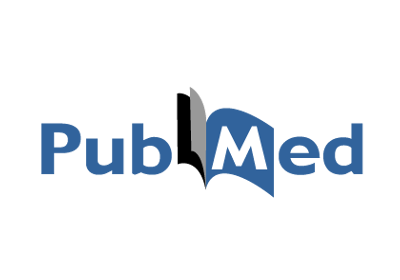Publication Spotlights
Congratulations on our team's most recent publication achievements!
August 2025
July 2025
Bahadar Srichawla, DO, MS, Maria Garcia-Dominguez, MD, and Brian Silver, MD, of the July 2025 publication in Neurology International, titled, The Central Variant of Posterior Reversible Encephalopathy Syndrome: A Systematic Review and Meta-Analysis.
Thomas Ford, MD, Brian Silver, MD, of the July 2025 publication in Neurology, titled, Noncontrast Head CT Alone vs CT Perfusion in Basilar Artery Occlusion Thrombectomy: Sometimes Less Is Just as Good.
Katelyn Daman, PhD, first author, Jing Yan, and Charles Emerson Jr, PhD, last author, of the July 2025 publication in Molecular Therapy, Methods & Clinical Development, titled, A systemically delivered lipid-conjugated siRNA targeting DUX4 as a facioscapulohumeral muscular dystrophy therapeutic.
Christopher C. Hemond, MD, first author of the June 2025 publication in Brain Communications, titled, Paramagnetic Rim Lesions are highly specific for Multiple Sclerosis in real-world data.
Stephen Chrzanowski, MD, PhD, and Eleonora D'Ambrosio, MD, of the June 2025 publication in Pediatric Neurology, titled, The Essential Role of Medicaid in Duchenne Muscular Dystrophy Care: A Call to Protect Vulnerable Popluations.
May 2025
Alexandra Weiss, first author, with Brown Lab, Henninger Lab and Khvorova Lab, of the May 2025 publication in Molecular Therapy, titled, RNAi-mediated silencing of SOD1 profoundly extends survival and functional outcomes in ALS mice.
Author(s) Lisa Hall, Kelley Smith, and Jeanne Lawrence, of the May 2025 publication in Annual Review of Genomics and Human Genetics, titled, Emerging Functions of the Repeat Genome in Nuclear Structure: A View from the Human Karyotype
